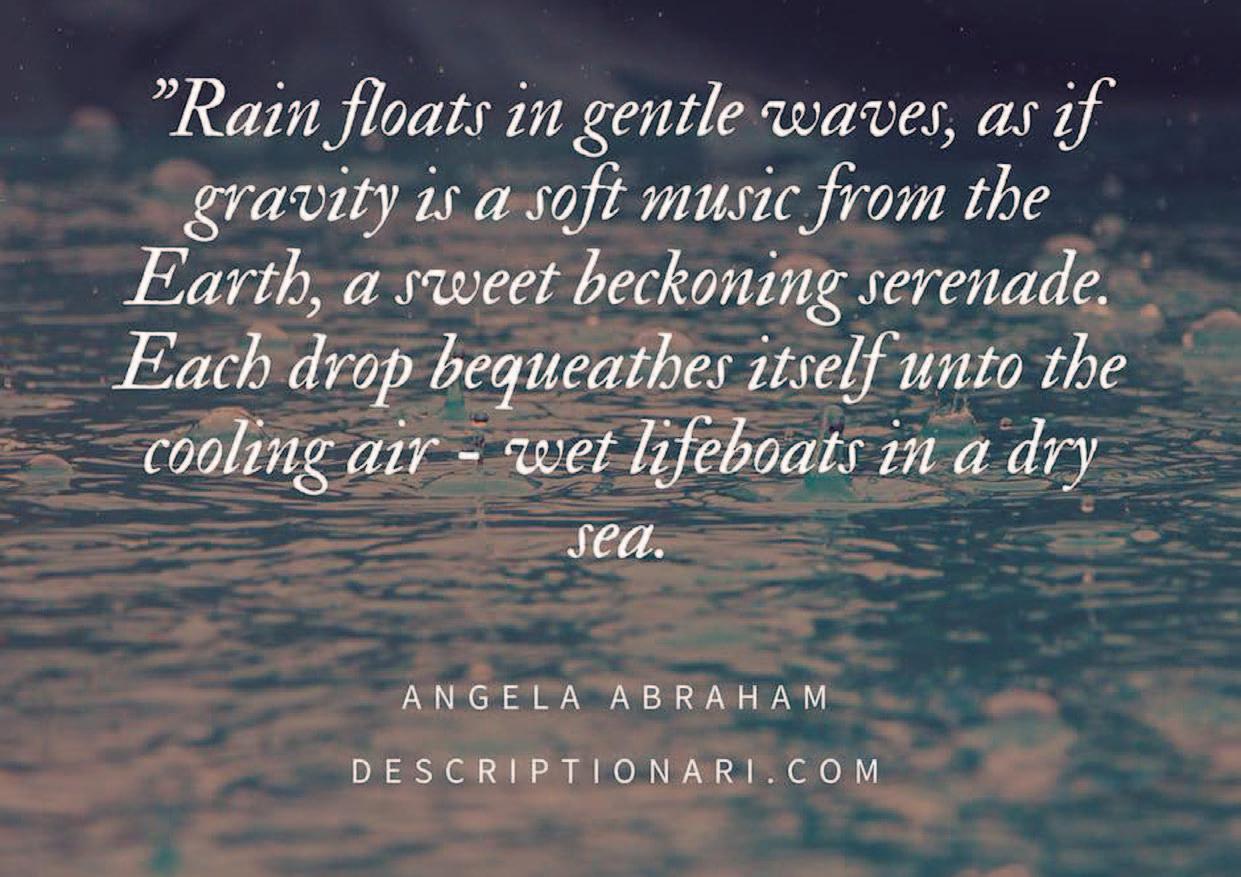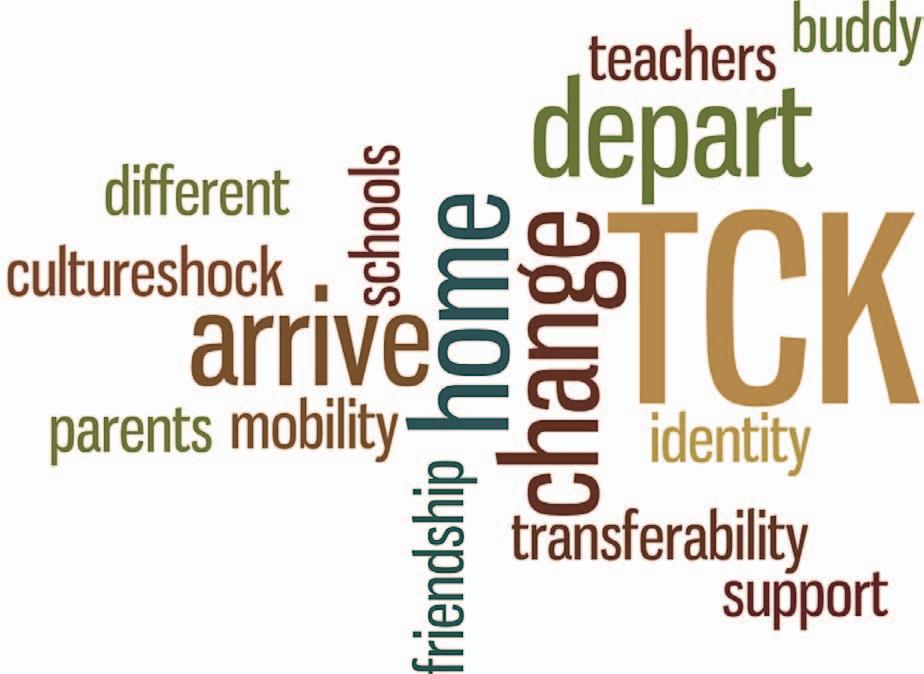Features
Positive self-efficacy Nicola Lambros discusses the forgotten but crucial ingredient for happy, healthy schools
18
and reflect on the verbal and non-verbal messages these celebrations send to our student body and community, a glimmer of doubt can set in. Are we telling our community that success only equals the top grades, roles, awards and achievements? Does every student have the capability to reach these dizzy heights, or are they left constantly gazing upwards? And what about those who work just as hard and, given their capabilities, achieve great things – only for these great things not to reflect our version of success? Students today live in a high pressure world and our schools are highly pressurised environments. We want our students to do well; we encourage high expectations; we expect a lot from our young people and they know it. They are told on a regular basis of the importance of achieving excellent grades, how they must take every opportunity open to them, and how they must work hard, show grit and determination in the face of adversity and embody the school’s core values if they hope to be successful in life. They must reduce their screen time, be responsible citizens, make time to support charity events and be active role models for younger students. We tell our students that without top grades and a plethora of achievements in extra-curricular activities their university applications will not be competitive. Spring |
Autumn
As leaders we are often asked to reflect on our core values or educational philosophy which, as might be expected, mostly focus on supporting every student to reach their full potential. When asked ‘How are you doing this?’, many leaders reply that they provide a well-rounded, holistic curriculum; one that supports students in the exploration of the creative and performing arts, the sciences, sports and academics so that they may realise their talents and achieve success. They may go on to describe their excellent co-curricular programme and student support systems. Then when asked what is celebrated in school and in published materials, often these leaders talk about celebrating all student successes and the demonstration of the school’s core values. However, when questioned further on what this ‘success’ looks like in their schools, leaders may talk about students who have won debating competitions, sporting events, accolades in drama and music festivals, who have achieved places to study at Oxbridge or other prestigious universities, and have an impressive collection of top grades in their examinations. There is no doubt about the nature of such success, and that behind these successes sits a huge amount of hard work, dedication and determination. These achievements deserve our congratulations. However, when asked to pause
| 2018



















